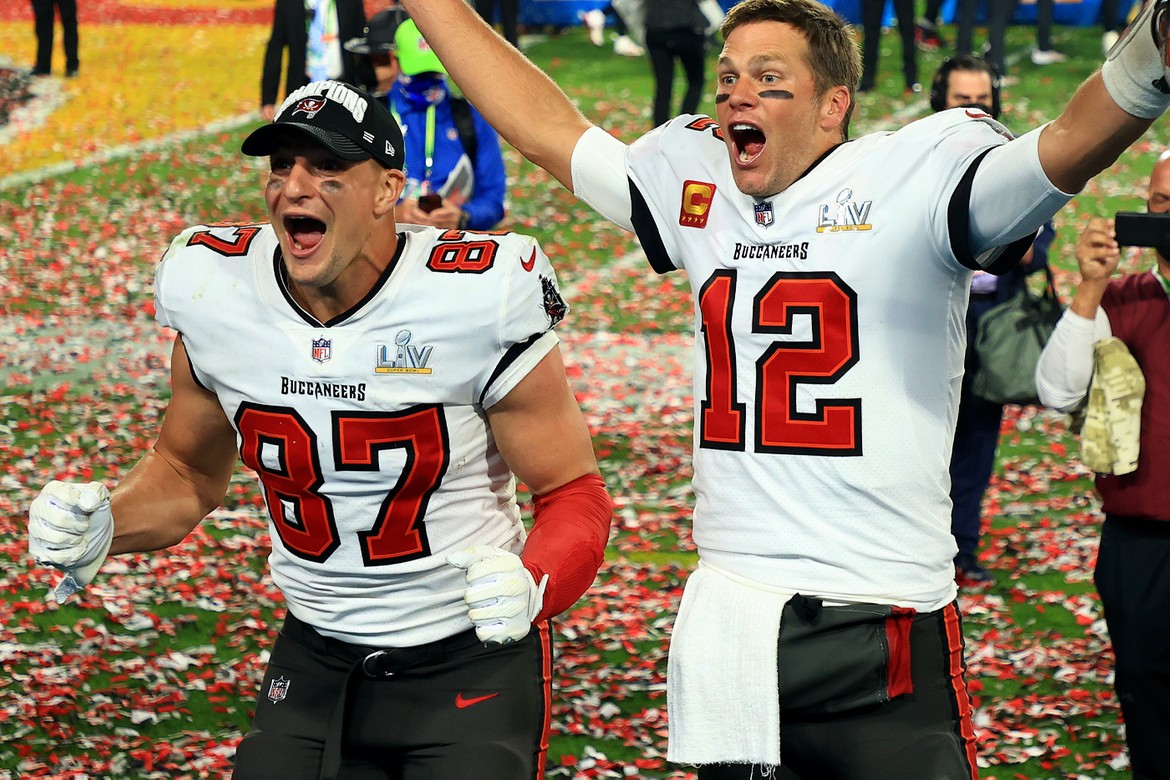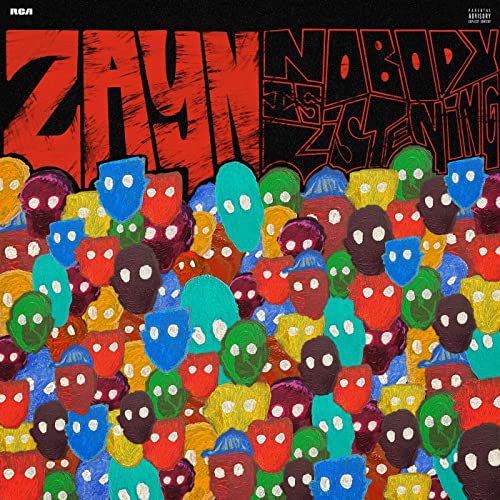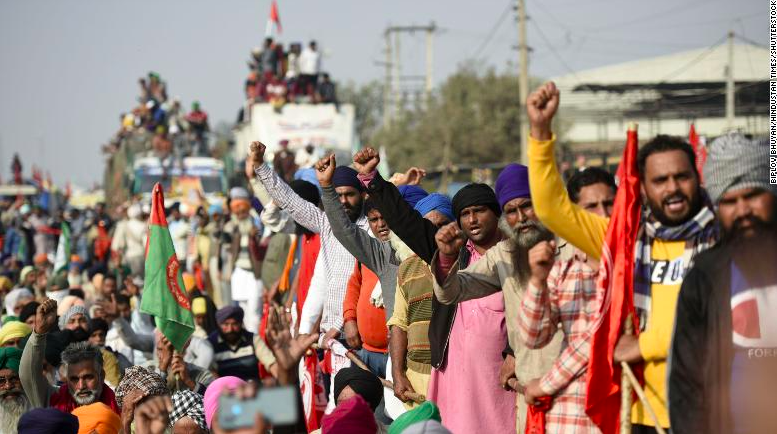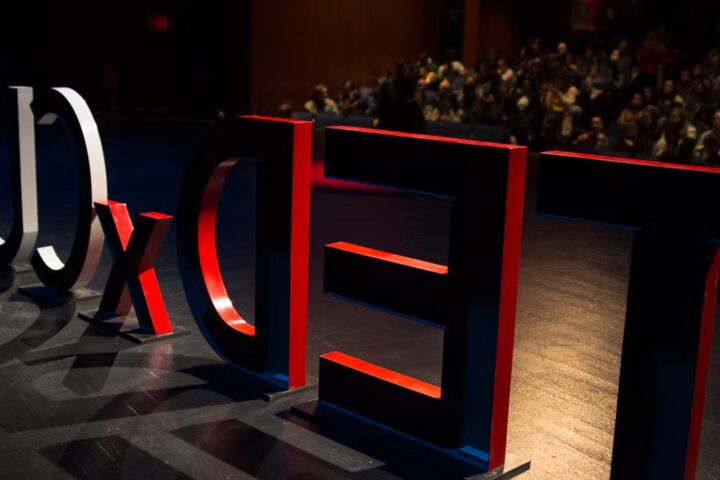The Tampa Bay Buccaneers shocked the nation as they defeated the defending Super Bowl champion, the Kansas City Chiefs, 31-9 in Super Bowl LV. In what was perhaps the most prominent quarterback matchup in Super Bowl history, the result of Super Bowl LV holds great implications for the legacies of Patrick Mahomes and Tom Brady.
While the focus for the Super Bowl was the game at hand, the NFL and supporting partners also wanted to shine a light on the non-football issues the world has been combatting. Of the 25,000 fans that were allowed to attend, only 7,500 were vaccinated (all of which were frontline health workers). While it is great the league is honoring these men and women with a moment of silence for the fallen and with video tributes, it may have been counterintuitive to allow such a massive amount of people into a potential superspreader event: specifically healthcare workers. Granted, 30,000 cardboard cutouts of individuals were inserted to create physical distance between spectators, it could potentially lead to a mass breakout of COVID-19 cases.
The themes of racial justice and pandemic resilience were broadcasted for all to see. In line with the NFL’s emphasis on activism, the continued push for racial equality was in the foreground of both Vince Lombardi’s equality speech and Amanda Gorman’s poem.
The battleground on the field, however, was much less kind. The general consensus going into the game was that it would be a fight-to-the-finish between the greatest of all time, Tom Brady, and rising superstar, Patrick Mahomes: a true battle of the ages. Many speculated that this would be the game where Brady passed the best-player torch to Mahomes. This would signal the beginning of a new era, as Brady’s reign over the league would finally be over.
To the surprise of many, however, the game was much more defense-oriented. This was especially apparent in the first quarter. The Buccaneers were able to hold the Chiefs’ explosive offense to only three points while Brady was able to connect with longtime partner-in-crime Rob Gronkowski for seven. Gronk’s first touchdown, thanks to Brady, broke a historical tie between retired NFL players Joe Montana and Jerry Rice for the most post-season touchdown catches between a quarterback and a receiver.
The Buccaneers continued to dominate in the second quarter. The Chiefs were forced to punt twice before eventually hitting another field goal. As for the Buccaneers, they scored 14 points in the second quarter after Brady found Gronk and then later, Antonio Brown. The score at half was 21-6, meaning Mahomes was facing the second-largest deficit of his entire career.
After a stellar performance by The Weeknd and some wacky commercials, the players jogged back onto the field, determined to solidify their spot in football history.
The Chiefs were able to rally all the way to Tampa’s 34-yard line but were held to, yet again, only another field goal. The Buccaneers responded by putting up seven more points, extending their lead to 28-9. Mahomes went on to throw an interception. Tampa Bay scored a field goal off of the turnover, pulling ahead by 22 points. Neither team would score again.
This game is the first game Patrick Mahomes lost by two or more touchdowns since 2016 when he was the starting quarterback for Texas Tech. In addition, the Chiefs have never scored single digits in any game since Mahomes has been quarterback. The 22 point-difference is the largest score-difference in any Super Bowl game Brady has played in. The closest before this was the 10 point difference between the Los Angeles Rams and the New England Patriots in Super Bowl LIII.
This victory gives Brady his seventh title, more than any player or franchise in NFL history. Super Bowl LV will forever be known as one that set records.














